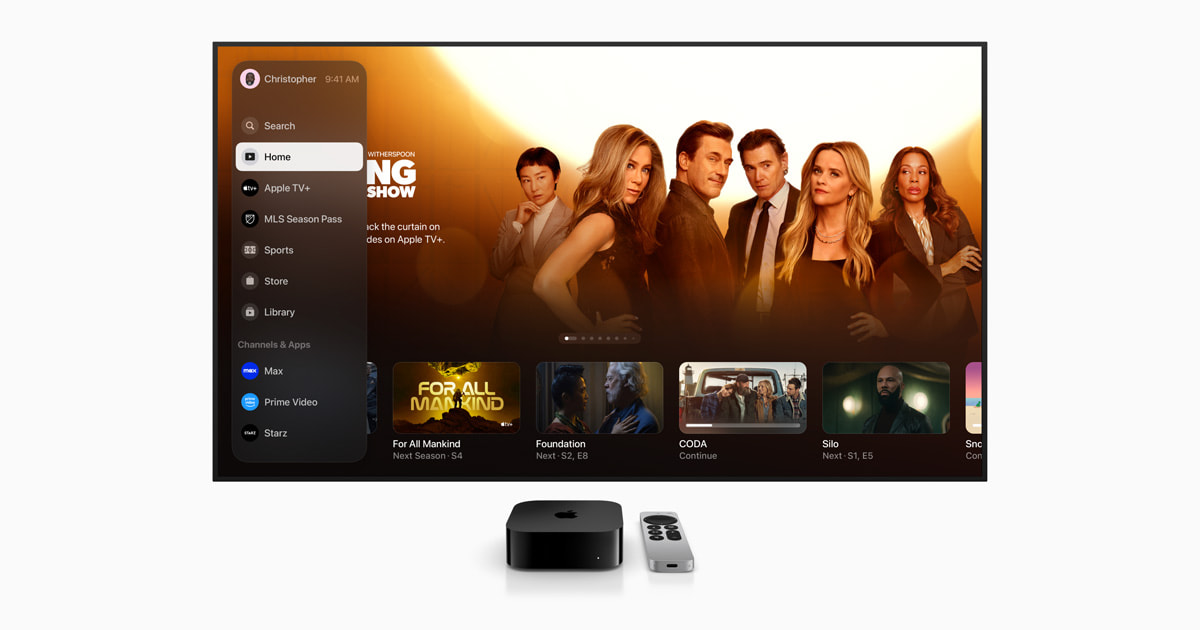User behavior is changing fast. AI has become the front door to information—and people are no longer navigating to websites, opening PDFs, or reading source content in full. Instead, they’re asking questions to chatbots and trusting the answers that come back.
But different AI platforms behave differently. Some models summarize content outright. Others extract specific snippets. And some are starting to bypass traditional web infrastructure entirely.
Recent data from Cloudflare reveals a staggering shift: while Google refers users to a site for every 14 pages it crawls, OpenAI’s GPTBot crawls 1,700 pages for every one referral. That means the traditional web economy—crawl → click → monetize—is breaking. Publishers are being read without being visited. Seen without being credited. Used without being paid.
In this new environment, traditional monetization strategies—ads, subscriptions, gated access—aren’t enough. Publishers need new infrastructure and business models that match how content is being consumed today.
At Cashmere, we’re seeing two new publisher models emerging as early leaders:
- Bring Your Own License (BYOL)
- Metered Access
Each model offers different paths to control, compensation, and reach.
But most importantly, publishers don’t have to pick just one.

The Apple TV Analogy
These models are not new—in fact, they have been applied across media in many other shapes and forms prior to now. But for publishers, this is new.
To understand how these models work, look no further than your Apple TV.
- Netflix (BYOL): You already pay for Netflix. Apple doesn’t sell it to you—it simply gives you a better interface to access what you already have. This is BYOL. The user has a license, and the platform honors it.
- iTunes Movie Purchase (Metered Access): You don’t subscribe to a TV series, but you want to watch it anyhow. Through iTunes, you can purchase and watch individual episodes without having to make a full commitment—users get small, paid access to specific pieces of content.
What’s critical to realize is, this isn’t just a metaphor—it’s exactly how we’re starting to see publishers license content into AI platforms.
Bring Your Own License (BYOL)
Imagine a reader already has access to your content—they’ve bought a subscription, their university has licensed it, or they’ve made a direct purchase. Now they’re just asking for that same content in a new interface—through an AI assistant instead of your website.
That’s BYOL. You’re not selling access again. You’re simply validating that access and enabling a new delivery method.
This model is ideal when you already have a distribution engine in place: paid subscriptions, institutional licenses, or enterprise deals. It helps you protect your existing monetization strategy while expanding into new channels.
Wiley is a great example here. They allow university partners to access specific collections via Perplexity. These schools already have licenses. Wiley’s just giving them a better interface—more context-aware, more natural-language, more useful.
It’s like signing into Netflix on your Apple TV. You don’t pay twice. Apple just provides you a great experience to access content you’ve already licensed.
Metered Access
Now imagine a different kind of user. They don’t have a license. They’re not going to subscribe to your journal or buy your textbook. But they still have a question your content can answer.
Metered access is how you meet them where they are. Instead of requiring a full license, you let them access what they need—one snippet, one answer, one excerpt at a time—and you get paid for that usage. Platforms track it all and compensate you accordingly.
This model is perfect for capturing value from casual interactions, search queries, or one-off moments of curiosity. It turns long-tail access into a revenue stream.
This is what Perplexity is launching shortly with their Premium Data for All initiative. In this program, in conjunction with multiple publishers like Statista, Pitchbook and Wiley, they’re making curated content collections available for pay-per-token access. Users ask questions. The AI retrieves high-quality answers. The publisher gets paid.
It’s like renting a movie on iTunes. You’re not in for a subscription. You’re just paying for what you need, when you need it.
How to Choose (And Combine) BYOL and Metered Access
The smartest publishers aren’t choosing one model. They’re designing systems that use both. Here’s some suggestions on how publishers could start thinking about which models makes the most sense for them:
Strategies for Using Both Models Together
Once you understand the strengths of BYOL and Metered Access, the next step is figuring out how to put them to work.
This isn't an either/or decision—it's about building a system that lets you balance protection, access, and monetization. Below are several practical strategies publishers are already using to combine both models effectively.
Conclusion: The Power of "Yes, And"
In a world where AI is becoming the default interface for knowledge, your content is going to be in demand across a spectrum of use cases.
You don’t need to lock yourself into a single model. You just need clarity on what to license, where, and how.
BYOL gives you control. Metered access gives you reach. Together, they give you leverage.
The best strategy isn’t picking one. It’s designing a smart mix that works for your business.


.jpg)


